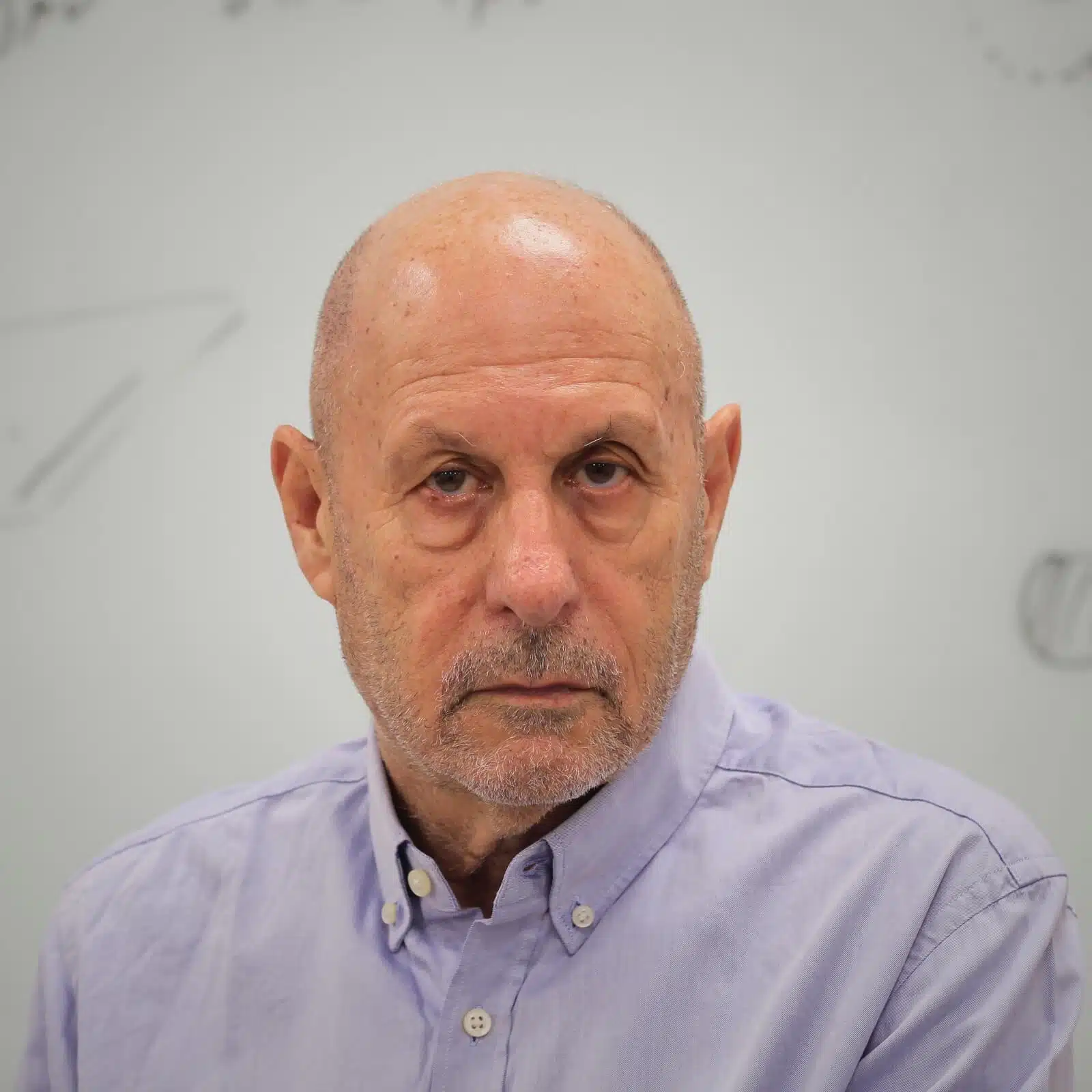Professor Zvi Piren, head of the Schwartzman Chair at the Rakah Institute of Physics at the Hebrew University and Professor Amir Levinson from Tel Aviv University will take part in a research group of the prestigious Simmons Foundation as part of an international cooperation in mathematics and physical sciences for the study of neutron stars and black holes

Professor Zvi Piren, the holder of the Schwartzman Chair at the Rakah Institute of Physics at the Hebrew University and Professor Amir Levinson from Tel Aviv University will take part in a research group of the prestigious Simmons Foundation as part of an international collaboration in mathematics and physical sciences for the study of neutron stars and black holes.
The Simmons Foundation supports studies of extraordinary significance for research and science. The foundation's executive committee includes researchers and scientists from the leading institutions around the world. The research groups are designed to allow scientists from around the world to work collaboratively on essential questions in the field of basic science. In the field of mathematics and physical sciences, an international team Simons Collaboration on Extreme Electrodynamics of Compact Sources, SCEECS, was established with the aim of interpreting new astrophysical discoveries through their electrical and magnetic properties and using these observations to discover new electrodynamic phenomena.
The team, which includes thirteen researchers from three countries (USA, Canada and Israel) will be led by Professor Roger Blandford in the School of Humanities and Sciences at Stanford University. The Israeli representatives on the team are Prof. Zvi Piran from the Hebrew University and Prof. Amir Levinson from Tel Aviv University.
The field of research of the international team is neutron stars and black holes, which are the most special objects in the universe. Their strong gravity created intense magnetic fields, voltages and enormous electric currents that do not exist elsewhere in the universe. These, in turn, lead to the most powerful explosions, the fastest flashes of radiation and the highest energy particles observed by astronomers. Electrodynamics, which describes the behavior of electric and magnetic fields, was developed in the nineteenth century to describe phenomena such as radio waves and expanded in the twentieth century to include quantum processes, such as those associated with computers and elementary particles. Astrophysics, in the twenty-first century, leads electrodynamics into new territory, requiring new approaches and a group of scientists ready to face new challenges, often using sophisticated computer simulations. SCEECS goals include meeting these challenges, fostering a diverse community of researchers, and sharing scientific progress with the public.
The Israeli researchers participating in the group will mainly deal with issues related to jets of matter that are sometimes thrown at speeds close to the speed of light from black holes or neutron stars and the possibility of astronomical observations of such jets.
More of the topic in Hayadan:
